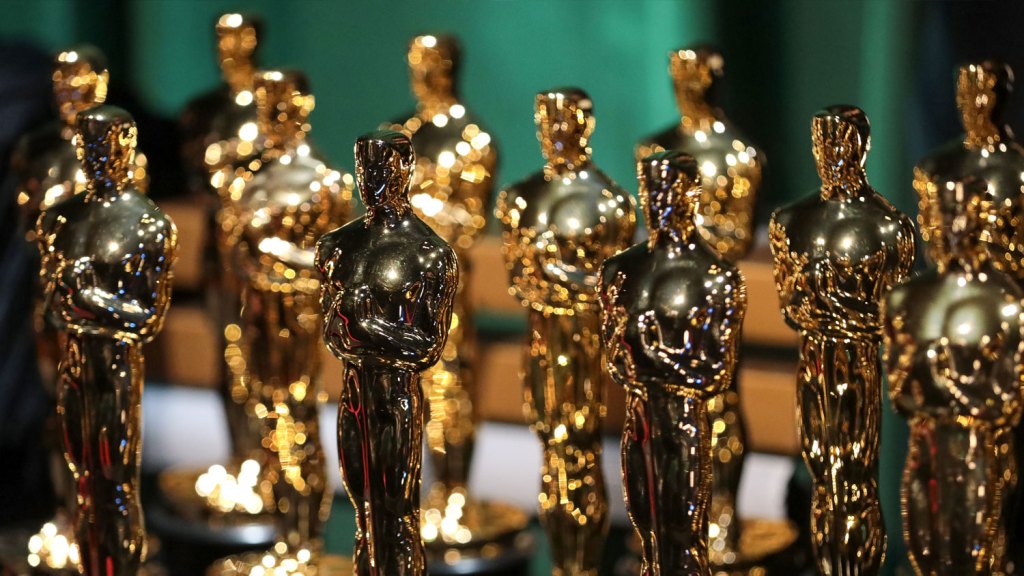
The Academy of Motion Picture Arts and Sciences on Wednesday held a virtual town hall for its members to discuss the implementation of its new inclusion standards for its Oscar Best Picture category.
The members-only briefing was led by chief executive Bill Kramer, who we’re told insisted that the standards would not prove restrictive to filmmakers.
The Academy team — which included Kramer; governor DeVon Franklin; chief membership, impact and industry officer Meredith Shea, IT officer Bev Kite and others — said the four standards were developed with input from the industry, and supported by 85 percent of members in a recent survey. They also noted that all of the last year’s Best Picture nominees would have qualified but didn’t say under which of the four standards various films met their requirements.
Members today were told that Academy staff members were prepared to help contenders in filling in information on the RAISE (Representation and Inclusion Standards Entry) platform; in response to a member question, Kite gave assurance that submitted data is protected.
A walkthrough of the RAISE platform was demoed showcasing the inclusion standards in an easy-to-follow format. The submission form generates an ID number that can be added to the standard Oscar submission form so data from both applications can be linked.
The initiative, originally unveiled in September 2022, is going into effect with the upcoming 96th Oscars to be handed out on March 10, 2024. In order for films to now qualify for Best Picture, they will need to meet two of the four new standards set forth by the Academy:
Standard A centers around on-screen representation and can be achieved in three ways, either by having 1) at least one of the lead actors or significant supporting actors is from an underrepresented racial or ethnic group; 2) at least 30% of all actors in secondary and more minor roles are from at least two underrepresented groups; or 3) the main storyline(s), theme or narrative of the film is centered on an underrepresented group(s).
Standard B revolves around the creative leadership and project team behind each film and can also be achieved in three ways, by having 1) At least two of the following creative leadership positions and department heads—Casting Director, Cinematographer, Composer, Costume Designer, Director, Editor, Hairstylist, Makeup Artist, Producer, Production Designer, Set Decorator, Sound, VFX Supervisor, Writer—from underrepresented groups; At least six other crew/team and technical positions (excluding Production Assistants) from an underrepresented racial or ethnic group; or 3) at least 30% of the film’s crew from underrepresented groups.
Standard C centers on industry access and opportunities and can be achieved via 1) The film’s distribution or financing company has paid apprenticeships or internships that include underrepresented groups; or the film’s production, distribution and/or financing company offers training and/or work opportunities for below-the-line skill development to people from underrepresented groups.
Standard D centers on audience development and can be achieved if thethe studio and/or film company has multiple in-house senior executives from underrepresented groups including individuals from underrepresented racial or ethnic groups on their marketing, publicity, and/or distribution teams.
More details on the standards are here.
We hear from Academy leaders involved in spearheading the initiative that the area of opportunity they are seeing is with Standard C.
Although the new standards have intimidated some, the Academy has been assuring members they are not meant to mess with the creative process given the variety of ways a film can still be eligible for the top award on Oscar night.
The submission deadline for the 2024 Oscars is November 15 this year, ahead of preliminary voting that runs December 14-18. Nominations voting runs January 11-16, 2024, ahead of the revealing of noms in all categories on January 23.
Michael Cieply contributed to this report













